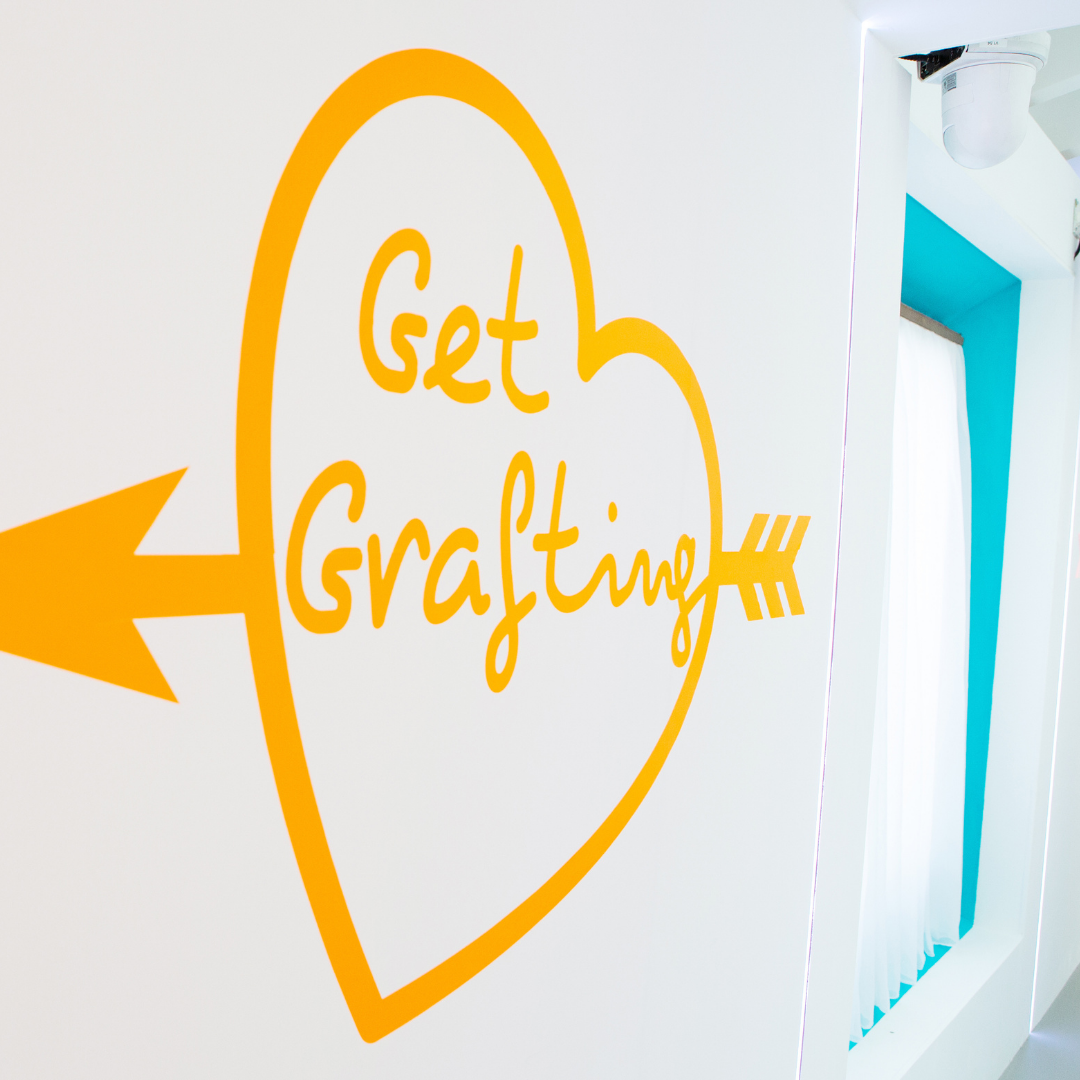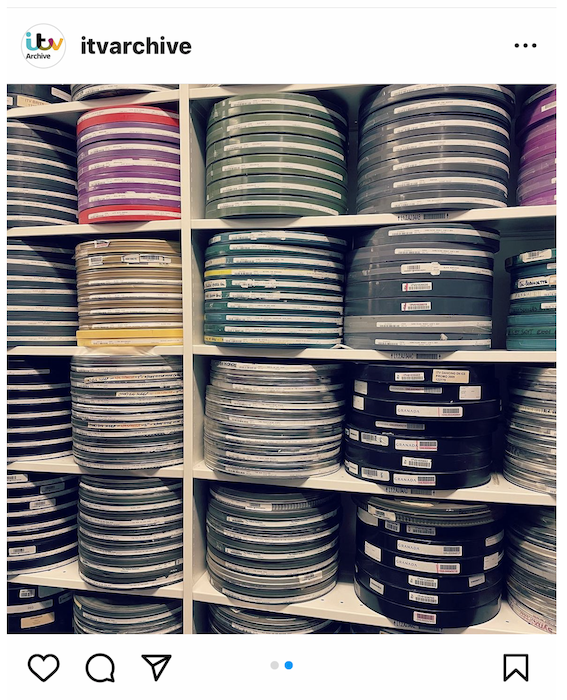The 39 Steps: Restoring A Classic In Lockdown
9 June 2020To mark The 39 Steps being available to be seen in HD for the first time, we cover some of the challenges we had to over come in order to complete this work during lockdown.
We were halfway through the restoration of Alfred Hitchock’s The 39 Steps – the second title that ITV Content Delivery has restored for BritBox’s Re-loved and Remastered collection – when the COVID-19 crisis brought everyday life to a sudden halt, and businesses and workers across the country and around the world had to adapt to drastically different ways of working.
Around the midpoint of The 39 Steps, Robert Donat’s character pretends to be a politician, and gives a blundering, nonsensical speech, despite not knowing why he’s there or what he’s doing. On 23rd March, Boris Johnson announced lockdown measures that meant all employees had to work from home if they could, and having previously expected to be working as normal in the office the next day, I now needed to pick up any kit required to complete the restoration remotely. We restore using Digital Vision’s Phoenix software, on dedicated PC hardware that can’t be removed from the office, so a couple of weeks prior, we’d tested restoration via Microsoft Remote Desktop.
Although the trial proved that the work could continue remotely in theory, there were two main drawbacks – resolution and speed. Having grown accustomed to restoring on a 32″ 4K monitor, trying to complete the same work on a non-retina MacBook Air wouldn’t just be less-than-ideal, it could’ve had a tangible impact on the quality of the end result. Dust, scratches and artefacts would be less visible and easier to miss. We wouldn’t have been able to ensure that detail was preserved in the fields of the Scottish Highlands or the crowds of the London music hall. Going into work on the morning of the 24th March therefore, I knew I needed a large 4K monitor – albeit one that would fit in my space-limited home working environment – as well as the other essentials for remote working: mouse, headset, portable storage, etc.
The issue of speed couldn’t be fixed by getting the right hardware set up at home. Although I was now remoting in on a 2019 MacBook Pro, I was limited by bandwidth and couldn’t rely on Remote Desktop to be pulling through the image at full resolution and without skipping frames. In fact, playback was far from smooth, and certainly a long way from what was required to restore in the same way we would under normal circumstances.
A change of approach, therefore, was required. Rather than work through on a shot-by-shot basis – leaning on the automation provided by the Phoenix software and making manual adjustments as we go – we would have to work much more granularly, combing through the entire rest of the film frame-by-frame – a total of around 40,000 frames. Going frame-by-frame is often necessary even at the best of times. It’s required if a shot or segment is particularly tricky, or visually complex.
There is a sequence in The 39 Steps in which Donat and Madeleine Carroll are hiding behind a waterfall, light shimmering off the water as it cascades in front of their faces. At full motion it would be almost impossible to pick out imperfections amongst the motion and detail of the image. In an earlier section of the film, restored prior to lockdown, Donat escapes from a train and hides behind a pillar on a railway bridge. There are detailed shots, including a wide of the bridge, but the film was in very poor condition due to age and use. Such scenarios require painstaking and intricate manual intervention in order to clean up the image while, above all, maintaining detail.
It’s unusual, however, to have to work through one frame after the other for such a large portion of content, and it was a big task to face. You’re essentially playing spot-the-difference 40,000 times, and constantly asking yourself how a frame differs from those before and after. Was a mark there before or is it an imperfection to be removed? Has the motion of somebody’s hand moving created an artefact that we don’t want to be adding? Your brain starts to play tricks on you, convincing you that you’ve seen something you haven’t.
On the other hand, certain restoration elements are actually harder to pick out without seeing the picture in motion. Scratches can be faint and only appear gradually. On more than one occasion I noticed a scratch, only to realise that it had been present in multiple preceding frames, barely noticeable until you know exactly where to look for it; without motion it blends into the scenery. Instability and flicker – the latter of which was a particular problem during this restoration – are even less perceptible when looking at individual frames, and in these cases we had to rely on the imperfect playback through Remote Desktop until we could render a larger clip of the film and check it through properly.
Like a lot of people, my home-working set-up has been thrown together as needed. I don’t have an office, I don’t even have a desk. I have a dining table in the middle of a kitchen/living room in a small city centre flat, but I managed to complete the restoration of an Alfred Hitchcock film whilst sat at that dining table. There’s no doubt that the sudden change of circumstance added time and difficulty to our restoration of The 39 Steps, but it was also a hugely worthwhile and rewarding endeavour, and it proved that even the most detailed and intricate of tasks can be completed remotely with a bit of adaptation and patience.
The HD restoration of The 39 Steps is now available exclusively on www.britbox.co.uk.
For more on how ITV Content Delivery has handled the challenges of lockdown, you can read our blog on remote working, and for more on the restoration process, you can read our blog on the restoration of Carry on up the Khyber.




